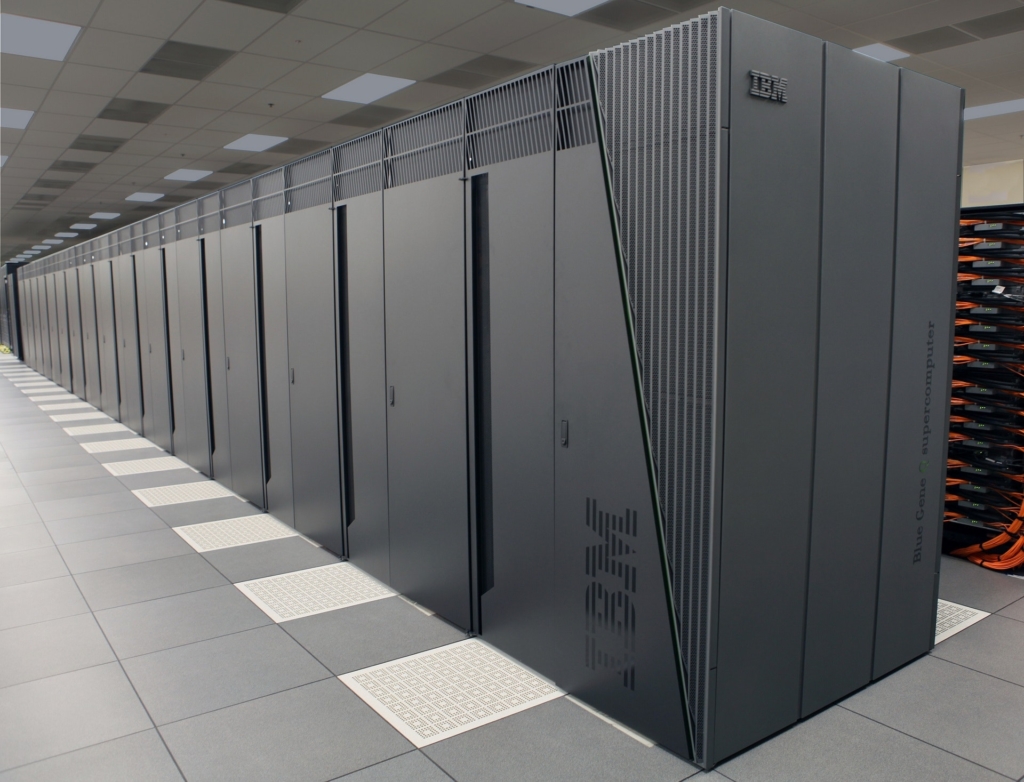Oil and gas is hardly the first industry that springs to mind when one mentions cloud computing. The technology that has been expanding at a snail’s pace, disrupting business models and enabling innovation across industry boards, has not really met with a lot of enthusiasm in the energy industry—at least not yet. But this may be about to change.
 Through major funding received from the National Science Foundation (NSF) and the United States Army, Prairie View A&M University has developed software for the petroleum industry. Dr. Lei Huang, Associate Computer Science Professor with the Roy G. Perry College of Engineering and his team, has developed a prototype of cloud computing platform designed for Oil & Gas Industry data analytics. The prototype is in working condition and is deployed on the cloud computing facility in the computer science department. The team has demonstrated the functionality of the cloud platform on the Society of Exploration Geophysics (SEG) annual conferences 2016 and 2017 on the exhibition hall to major Oil & Gas company researchers and managers. Huang adds, “We have developed the geological fault detection deep-learning model on top of the cloud, which reaches the close-to-human performance for geological fault interpretation.”
Through major funding received from the National Science Foundation (NSF) and the United States Army, Prairie View A&M University has developed software for the petroleum industry. Dr. Lei Huang, Associate Computer Science Professor with the Roy G. Perry College of Engineering and his team, has developed a prototype of cloud computing platform designed for Oil & Gas Industry data analytics. The prototype is in working condition and is deployed on the cloud computing facility in the computer science department. The team has demonstrated the functionality of the cloud platform on the Society of Exploration Geophysics (SEG) annual conferences 2016 and 2017 on the exhibition hall to major Oil & Gas company researchers and managers. Huang adds, “We have developed the geological fault detection deep-learning model on top of the cloud, which reaches the close-to-human performance for geological fault interpretation.”
Joining PVAMU in 2011, Huang is leading research at the Cloud Computing Research Lab and serves as the Associate Director of Research in the Center of Excellence in Research and Education for Big Military Data Intelligence (CREDIT) sponsored by Department of Defense (DoD). He currently manages several active research projects sponsored by NSF and the Department of Defense (DoD) in Big Data Analytics, Cloud Computing, and High-Performance Computing areas.
 The Prairie View A&M University developed software provides geophysicists and data scientists in the oil & gas industry a scalable and ‘easy to use’ use computing platform to analyze the massive domain data, including seismic data, well, reservoir, production data, and more. It facilitates their work by integrating the latest artificial intelligence technology and allows them to apply the new data science deep-learning models to the massive data with the scalable fashion. It is not feasible for the current desktop-based industrial solutions to perform the same functionality on the enormous data sets. It may help the oil & gas industry change the existing workflow of the oil & gas data processing and analytics by deeply engaging with the latest artificial intelligence solutions.
The Prairie View A&M University developed software provides geophysicists and data scientists in the oil & gas industry a scalable and ‘easy to use’ use computing platform to analyze the massive domain data, including seismic data, well, reservoir, production data, and more. It facilitates their work by integrating the latest artificial intelligence technology and allows them to apply the new data science deep-learning models to the massive data with the scalable fashion. It is not feasible for the current desktop-based industrial solutions to perform the same functionality on the enormous data sets. It may help the oil & gas industry change the existing workflow of the oil & gas data processing and analytics by deeply engaging with the latest artificial intelligence solutions.
The Cloud Computing Platform research has been collaborating with industry and academia from its inception. TEC Application Analysis LLC has been provided valuable geophysics-domain consulting service to the study from the beginning. Texas A&M Commercialization Office has been working with the project to give advice and guidelines to outreach the industry and explore potential market opportunities. Dr. Huang and the team has been communicating with the Oil & Gas industry very often. Baker Hughes provides well-production data for the cloud platform to test its performance; Thermo Scientific provides its proprietary Open Inventor visualization software package to be integrated into the cloud platform. The team has presented its research to most major Oil & Gas stakeholders, such as ExxonMobil, Chevron, Statoil, Halliburton, and Schlumberger, to name a few.
Additional collaborations with local universities, such as the University of Houston, and Texas Southern University are ongoing.
The cloud computing research can help America by providing efficient and intelligent data analytics solutions to the oil & gas industry to increase its efficiency, enhance fossil energy exploration success rate, and reduce drilling risks.
Author: Maurice Perkins
